Employees are the backbone of a business. This even holds true in the case of a restaurant business. Sadly, restaurateurs have been unsuccessful in paying them enough importance. This, in turn, negatively impacts the restaurant business. When your employees are discouraged this shows in their body language and work ethic. This will reflect in the discharge of their service to the customers.
There is a massive percentage of employee turnovers in the restaurant industry. Delve a little deeper and you’ll find that most of the staff take their leave simply because they are discontented and dissatisfied. The work environment and insufficient support from the owners could have influenced them to walk the wrong path.
Employee turnover means the beginning of an arduous process of recruiting, interviewing, and hiring new people. This entails a financial burden too. But, it would have been way better not to arrive at this situation in the first place.
In a recent study by EmployeeChannel, only 16% of employees have said they felt “connected and engaged” to their employers. In the restaurant business, this denotes a high employee turnover rate. In order to curb that, restaurateurs must work on boosting employee morale and paying more attention to their staff.
The retention of employees is a skill. It’s an achievement in itself. It also indicates that the business is running successfully. Here are 6 tips to boost employee morale that will bode well for your restaurant business.
1. Collaborative Scheduling
Working in the restaurant business is a demanding job. Therefore, care must be taken to see your employees are not stressed out. Collaborative scheduling with employees should be encouraged. Likewise, shifts can be scheduled based on their availability, especially on the weekends. They must be allowed to take part in those decisions and have their say. This makes the workers feel valued and respected.
A successful restaurateur must ensure that his/her restaurant is not understaffed. Restaurant Scheduling Software works effectively to ensure that the restaurant authority can plan and manage their staff’s work schedule. Restaurant scheduling software can help the employees to notify their availability on a timely basis. Trading shifts among the employees should be supported. It helps build trust and creates a friendly working environment.
2. On-the-job Skills Training

As an owner, you can take your employees into confidence by showing your interest in building a long-term career for them. Don’t only treat them merely as your workers but you also must be concerned about how they are developing and honing their skills. By investing in various professional development opportunities for your chefs, sous chefs, bartenders, servers, etc., you can ensure that employees attach emotional values with you and your restaurant.
Many restaurants provide educational opportunities for their staff. Employees are also encouraged to develop new recipes. Highly-skilled employees can also help interns or newly recruited employees in developing their skills. They are also more likely to get bigger tips. On-the-job skills training goes a long way in building employee trust and boosting their morale. This builds a better bond and makes the employees want to stay.
3. Recognize Your Employees’ Successes

This strategy is not new and has always reaped rewards in terms of uplifting team spirit. Employees who are working hard deserve a pat on their backs.
The “Employee of the Month” program is an internal employee boosting strategy that many businesses have. This always works in keeping the employees motivated. You can announce the winner at the staff meeting. A more personalized way is always welcoming. Perks like an extra paid day leave or a valuable gift for the winner are an excellent way to keep the spirits high. Restaurateurs can also publish the results on the restaurant’s social media page that will attract a lot of attention.
Little things like an acknowledgement letter, a round of applause in front of everyone, a thank-you note, etc. can go a long way in creating bridges that will last for a long time. Many restaurants also share the current statistics of their restaurant and give targets to their employees to achieve. This is a fun way of working and employees also take a keen interest.
4. Provide Free (or Discounted) Staff Meals
Many restaurants offer perquisites like free food service that includes trying out new items for free or at a discounted rate. In doing so, the employees can also recommend changes to the items that might not excite the taste buds. Their recommendation proves to be fruitful in determining the menu at times.
When there is an excess of food (a common occurrence at a restaurant), it’s always encouraged not to throw away the food but provide it to the staff for free – a noble way of not wasting the food which would otherwise have been dumped into the garbage bin. This keeps the employees pumped up.
5. Reward Employee Loyalty
The increasing work hours are a headache for every employee in every company. Of course, it is difficult to significantly reduce the working days or hours. But restaurateurs can reward employee loyalty and gain trust.
Promotions and bonuses always work well with employees. Among the personal leave options, you can provide extended vacations to your employees. Work anniversaries are something that is celebrated internally by the employees. The owner personally taking part in it is something that will make all of them happy.
6. Schedule Extracurricular Activities for Your Team to Connect

In every work culture and work environment, extracurricular activities help the workers relax and take their mind off for a while. It permeates a positive vibe all across the workplace. These activities are enjoyable and everyone can participate in them. Team building exercises like paintball, rock climbing, etc. are a good way of bonding with each other.
Some restaurant businesses encourage employees to bring board games to keep themselves from getting bored. Many choose to go for a team picnic every year to unwind and have a fun time.


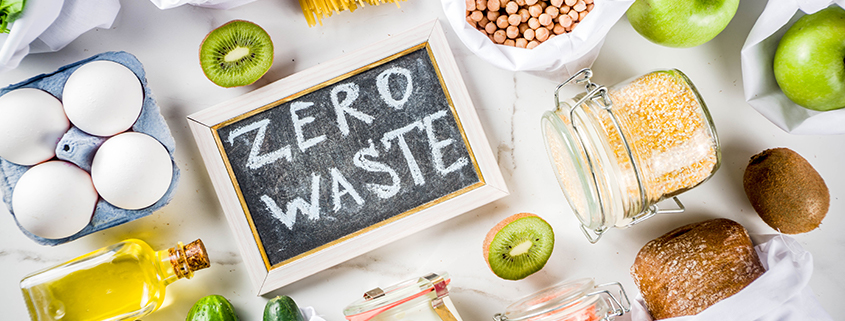
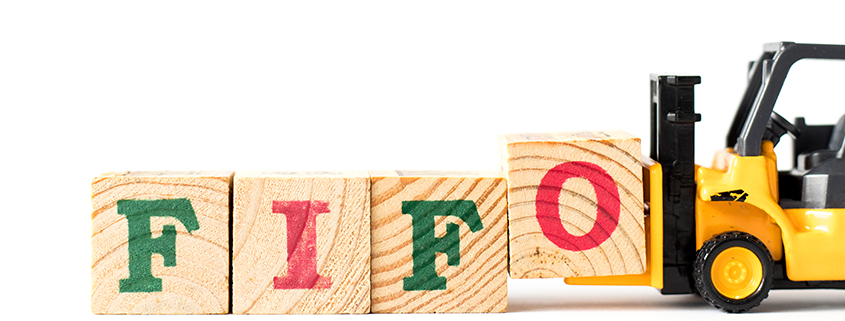


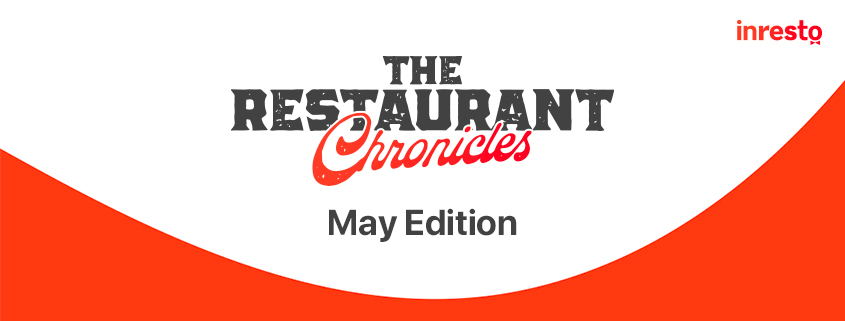




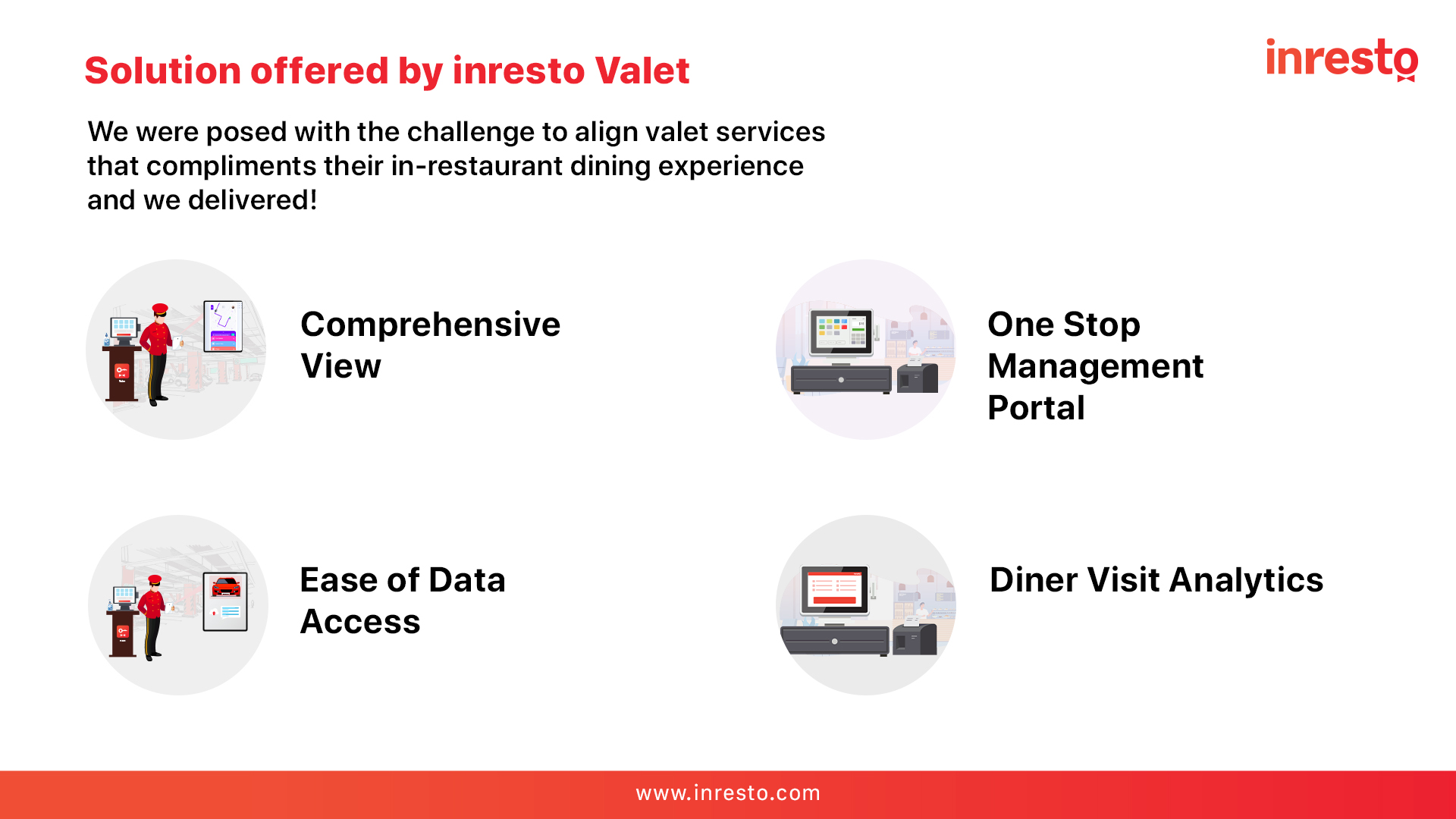


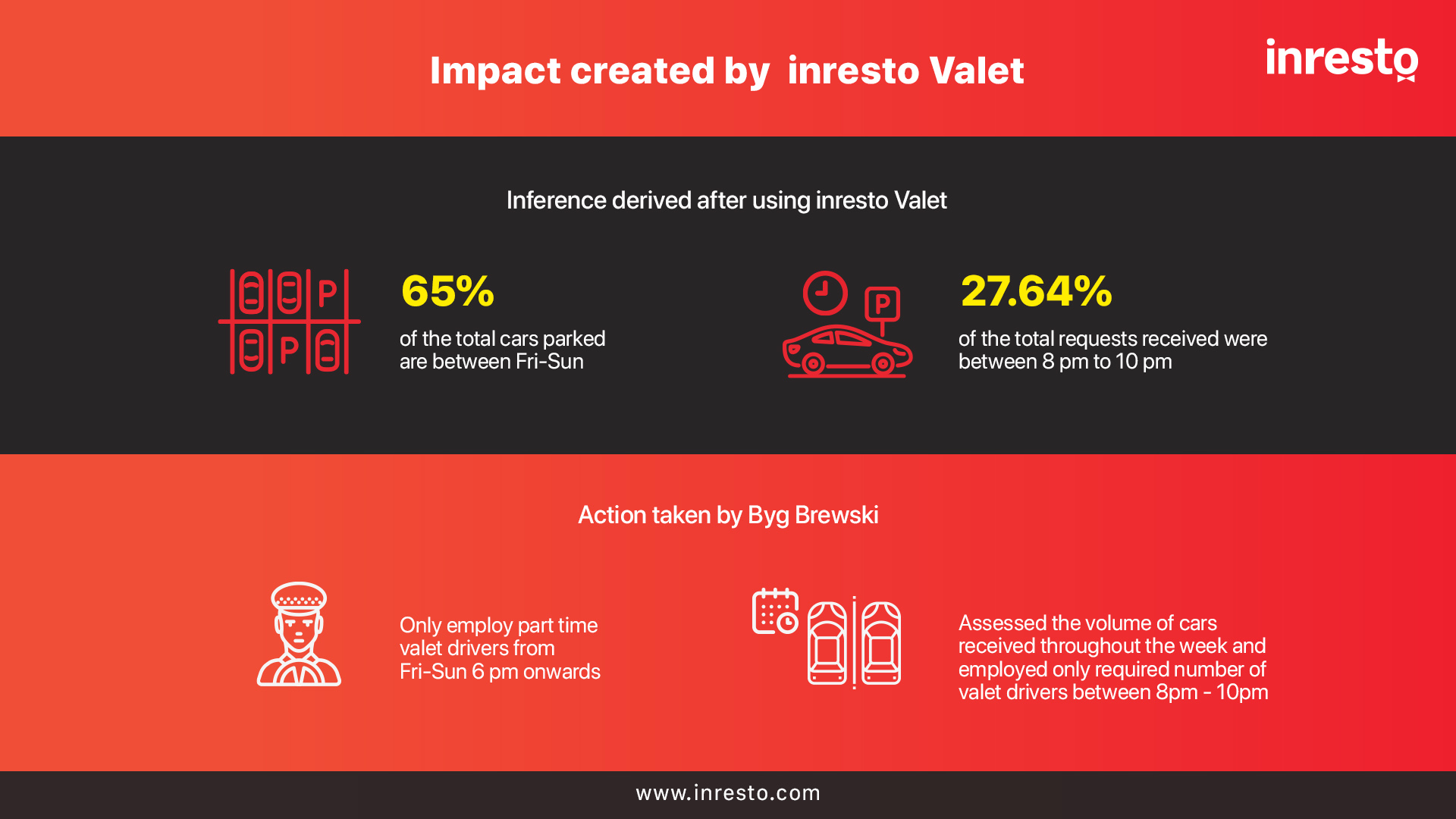
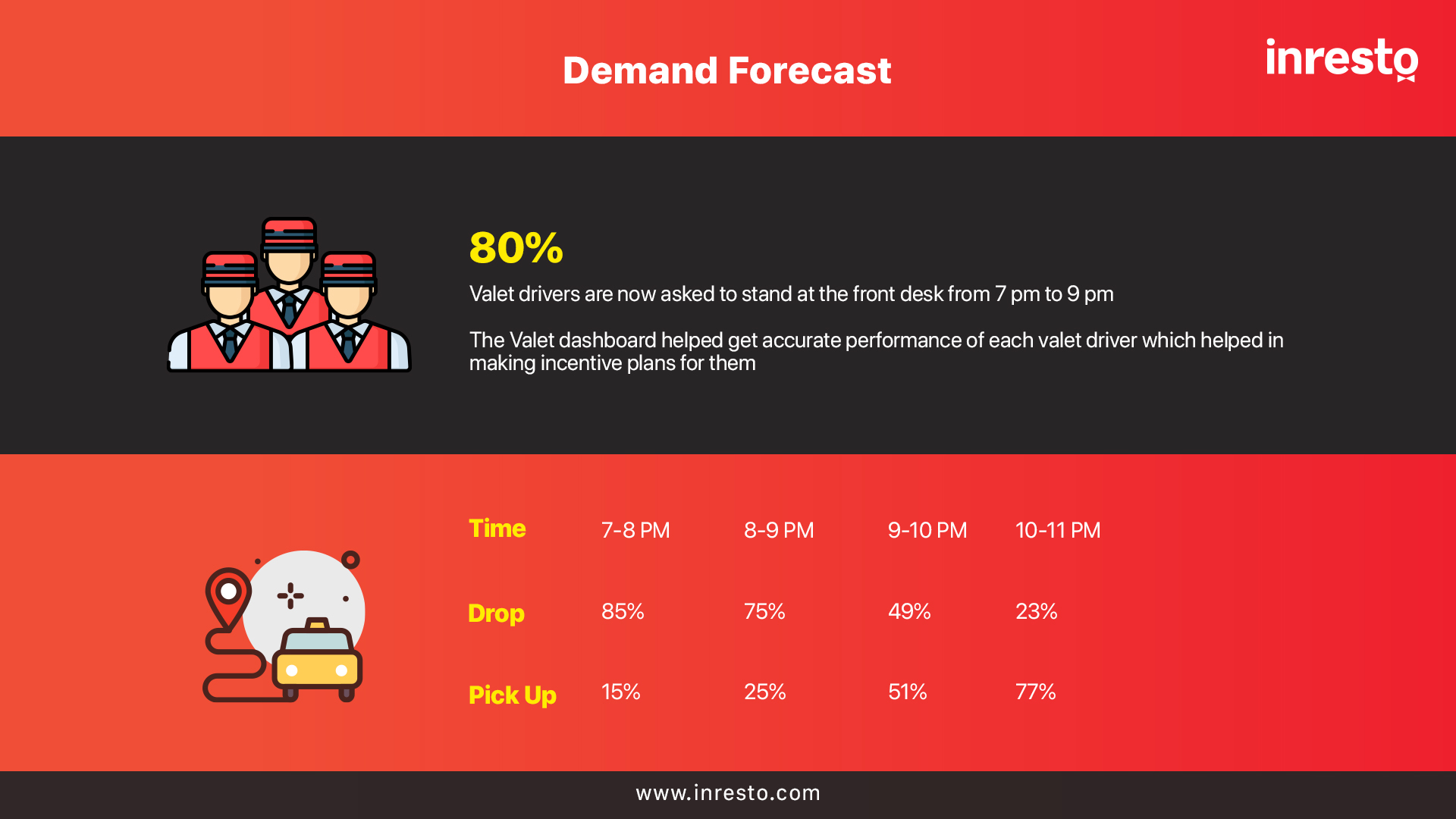
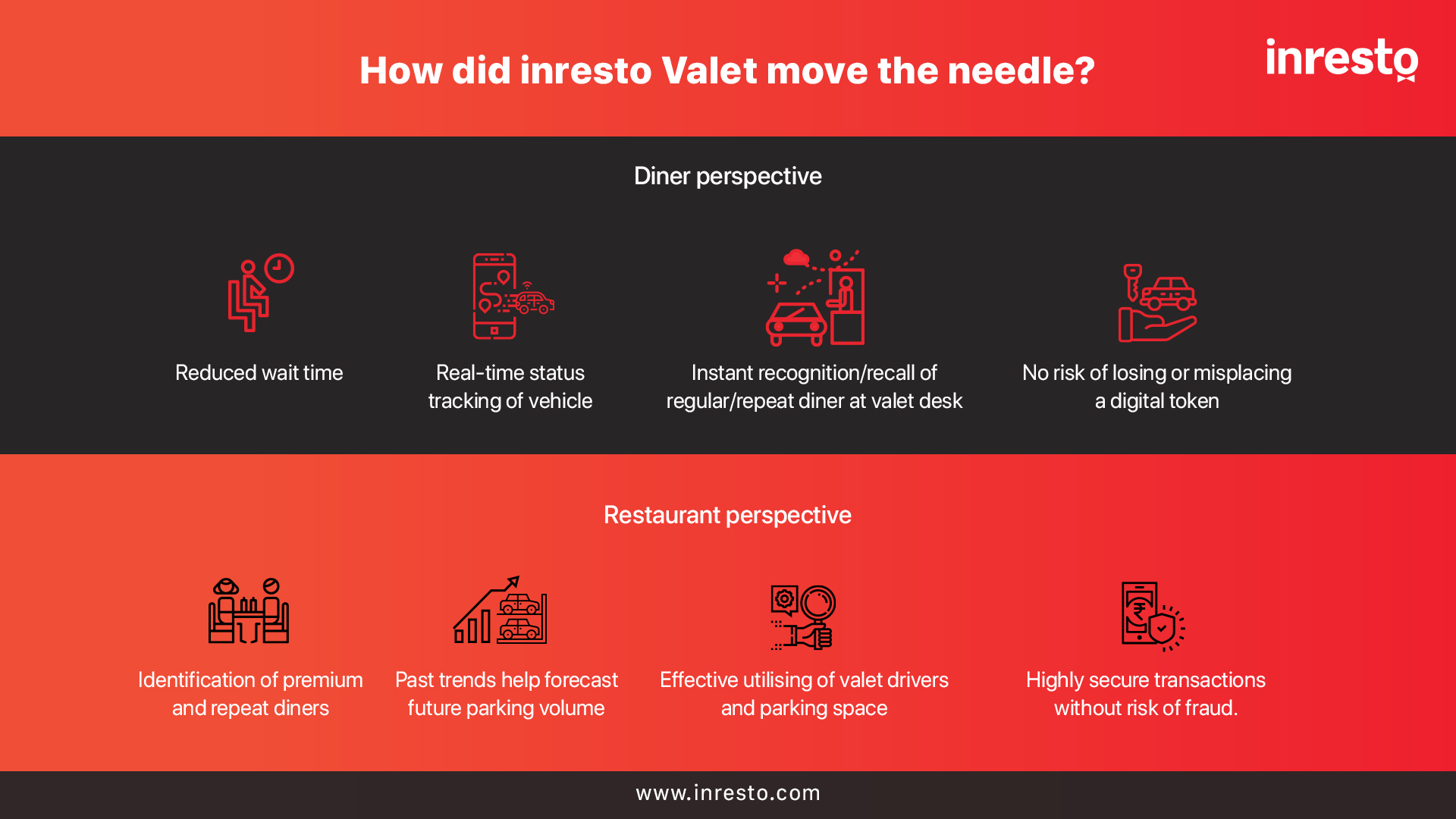

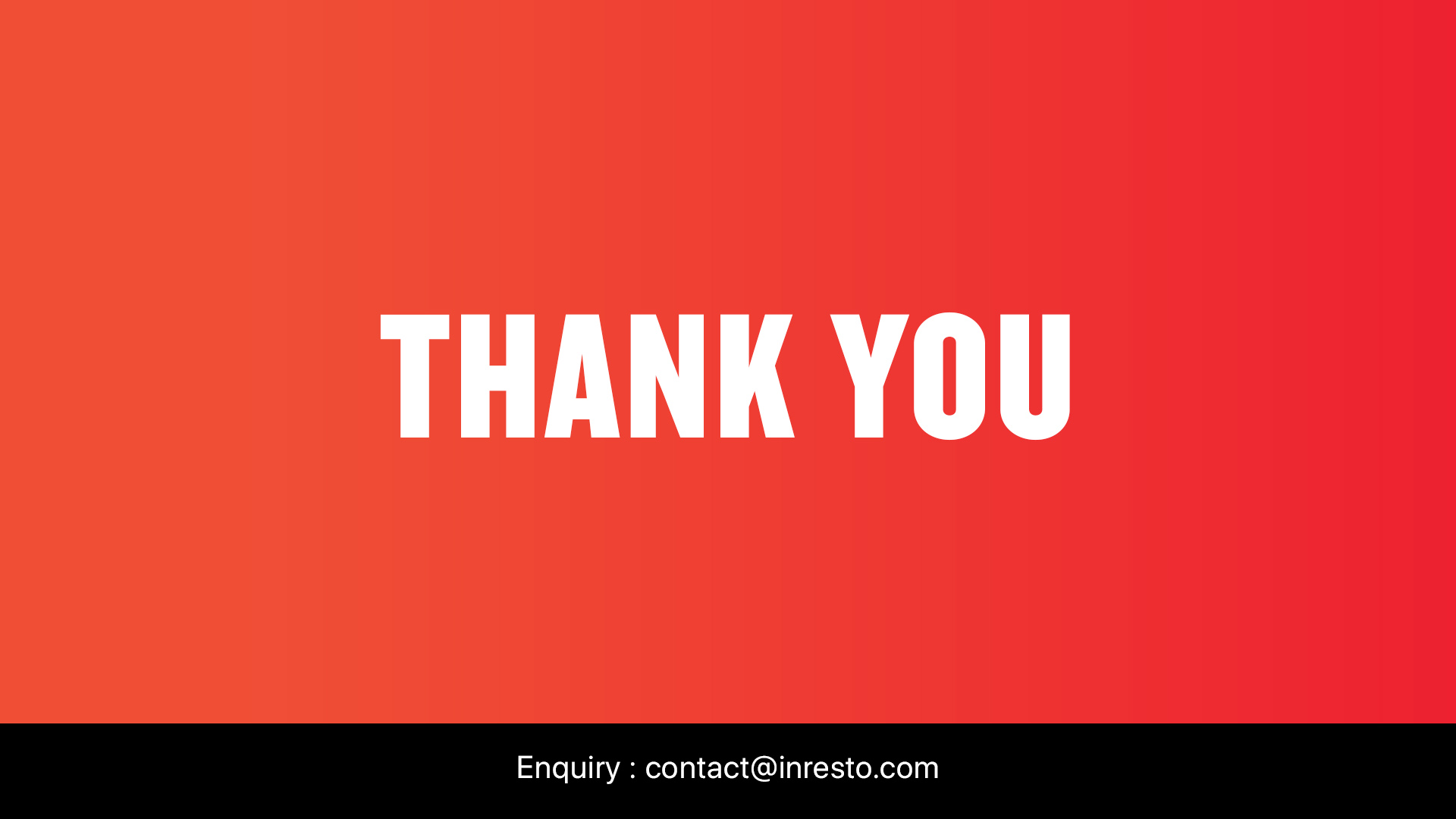

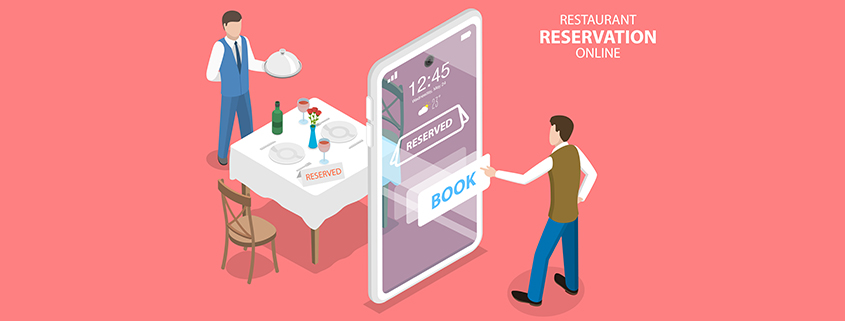



.jpg)





